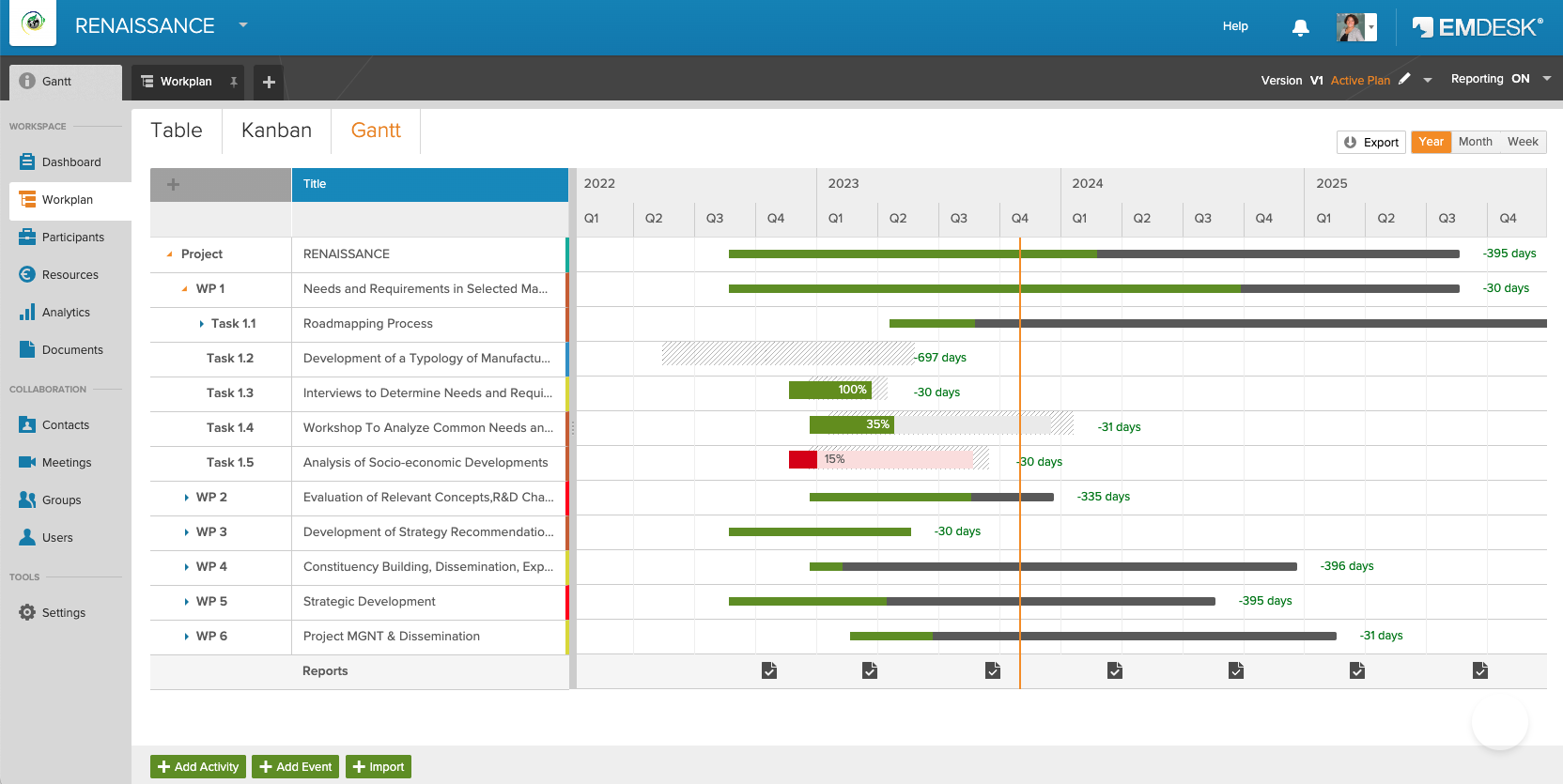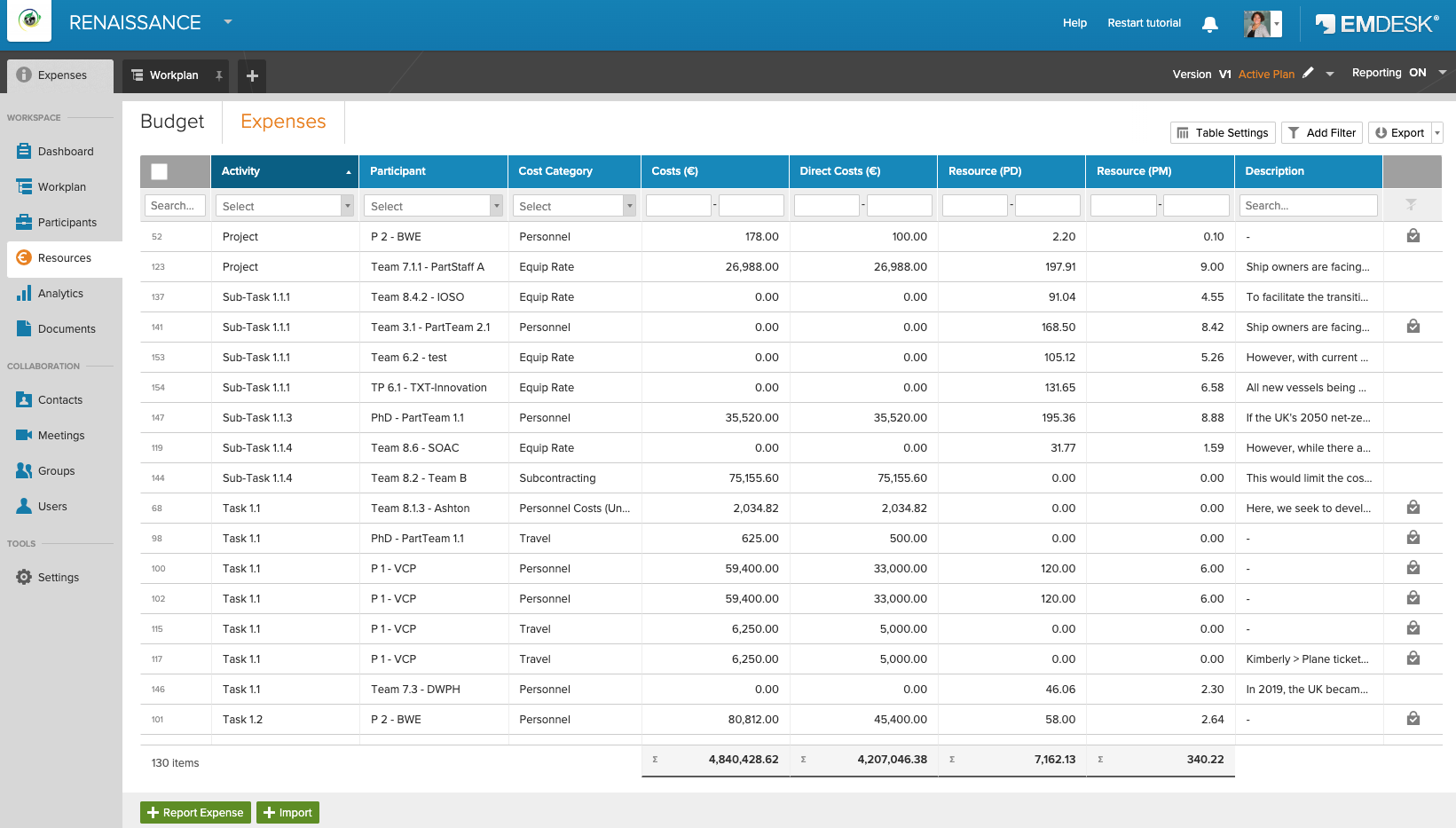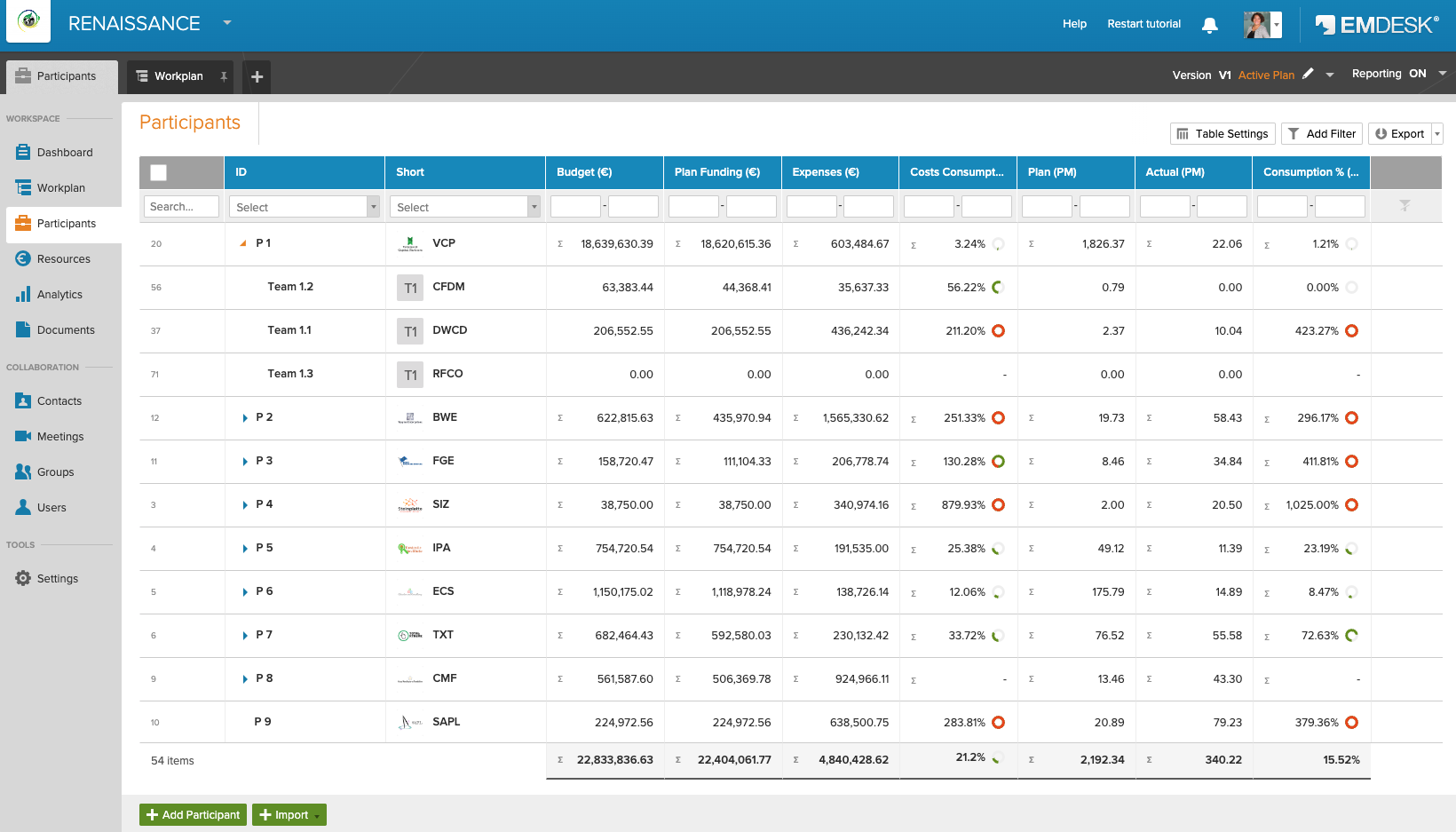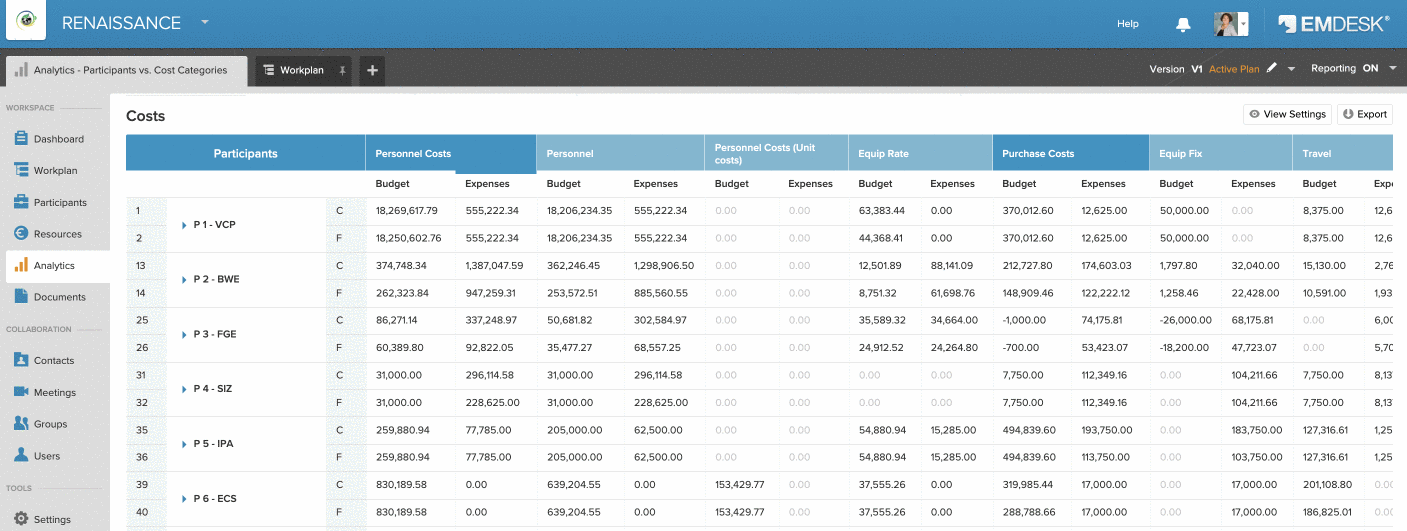The European Union (EU) allocates funding to a wide range of projects that aim to promote collaboration, innovation, and development across its member states. These projects play a crucial role in achieving the EU’s objectives in various fields such as research, culture, sustainability, and more. But what exactly does it take to transform an initial idea into a fully funded, active EU project? A clear understanding of the EU project lifecycle is vital for potential applicants and stakeholders to navigate through each phase successfully.
Project management within EU projects necessitates a blend of technical, organisational, and interpersonal competencies. Project managers must excel in leading diverse teams, mitigating risks, adapting to changes, and ensuring the timely and efficient delivery of the project, all while staying within the allocated resources and timeline at each stage of the project lifecycle.
1. The project preparation stage
Every grand initiative begins with an idea. Within the context of EU projects, this idea is shaped and refined during the project preparation stage. This involves the following key activities:
- Call identification: The journey begins with identifying the right call or calls for proposals that align with your project idea. These calls provide comprehensive details about the types of projects the EU is interested in funding. It is important to select the call that best matches your project idea.
- Partnership building: Given the collaborative nature of many EU projects, forming a consortium with the right partners is a crucial step. It is essential to assemble a diverse team that brings a variety of expertise and resources to the table.
- Conceptualisation: Once your team is in place, the next step is to develop a concept note. This document outlines the core aspects of your project, including its objectives, expected outcomes, and a preliminary plan.
- Proposal development: Using the concept note as a base, the consortium crafts a detailed project proposal. This document delves into the methodologies, timelines, deliverables, and other critical details of the project. On average, the preparation stage can last from 6 to 12 months.
The main challenges during EU project preparation stage
Addressing these challenges requires careful planning, collaboration among partners, understanding the requirements thoroughly, choosing the right communication tools, and starting the preparation process well in advance of the deadline.
Consortium coordination:
- Establishing effective communication channels and platforms.
- Handling time zone differences, cultural diversity, and organisational variances.
- Synchronising the varied expertise, resources, and priorities of consortium members.
- Facilitating consistent collaboration and communication.
- Ensuring the timely collection of necessary inputs.
- Addressing conflicting viewpoints and achieving consensus on the project's concept, schedule, and budget.
Expert tip: Utilise EMDESK’s project and resource planning tools for seamless consortium coordination. Start with a Gantt chart, define major deliverables, and use various overview functions to showcase the quality of your work plan and resources.
Collaborative budgeting and proposal writing:
- Designing a detailed project work breakdown.
- Defining together deliverables and milestones.
- Creating a precise and realistic budget by conducting a comprehensive cost analysis to accurately estimate project expenses.
- Ensuring compliance with the EU’s financial rules and regulations.
- Identifying and justifying the financial contributions and resources of each consortium partner.
- Ensuring that the proposal aligns perfectly with the objectives and priorities of the specific call.
Expert tip: Use EMDESK’s online document editor for collaborative writing with pre-built templates and real-time data embedding from your project planning, ensuring consistency and accuracy in your proposal. Easily invite people to start collaborating and join the work on the proposal as your consortium grows.
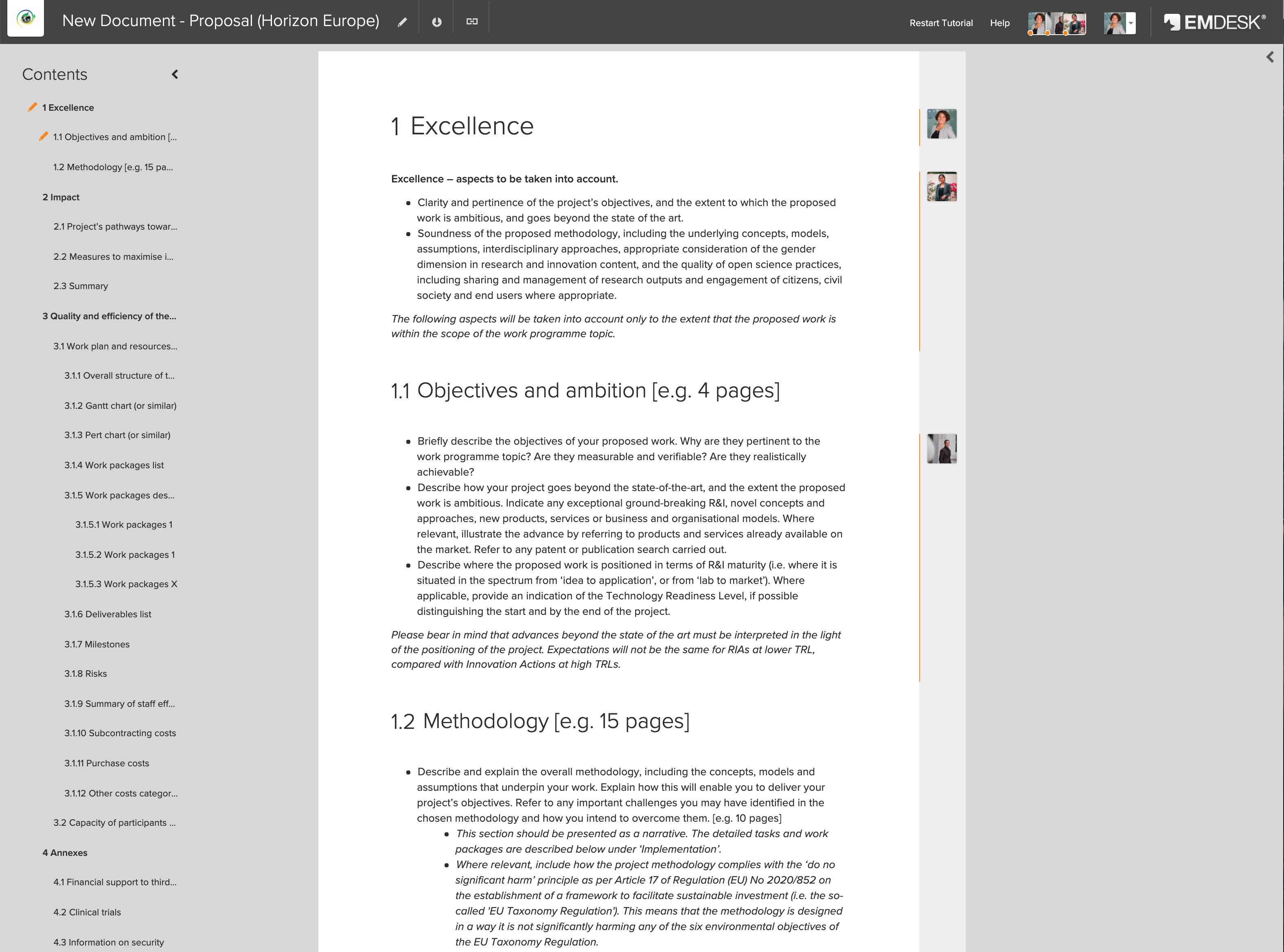
Meeting submission deadlines:
- Monitoring the proposal submission deadline and ensuring that all required documents are completed in a timely manner.
- Coordinating with consortium partners to gather and compile the necessary information for submission.
Expert tip: A dedicated software solution like EMDESK provides comprehensive collaboration tools that enable EU project managers to effortlessly gather and compile necessary information from all consortium partners in real-time, ensuring that no detail is overlooked. Its intuitive interface and communication features facilitate seamless coordination and document sharing, allowing teams to work together efficiently and meet proposal submission standards well before the submission deadline.
2. The project submission stage
With your proposal finalised, the next step is to submit it formally for evaluation. All proposals are submitted electronically via the EU Funding and Tenders Portal. For Horizon Europe, it’s project coordinators who are responsible for the online submission. This process demands meticulous attention to detail:
- Online submission: Utilise the Online Submission Service for a standardised submission process.
- Uploading documents: Ensure all required forms, templates, and a detailed budget are uploaded correctly.
The main challenges during EU project submission stage
Overcoming these challenges requires a combination of early preparation, understanding the specific requirements of the call, and seeking advice or help if needed.
Complex submission systems:
- Navigating the complex electronic submission systems such as the Funding & Tenders Portal, ensuring all required sections are correctly filled out.
Expert tip: Seek out guides, tutorials, and double-check everything to navigate these platforms successfully.
Detailed documentation:
- Providing extensive documentation, including detailed descriptions of activities, work packages, and budgets.
- Verifying the accuracy and completeness of all required documents.
Expert tip: Leverage EMDESK’s document repository to streamline this process. With a centralised and secure space to store, organize, and access all necessary data, no crucial document is misplaced or overlooked. Consortium partners are able to easily edit, contribute, and review documents in real-time, significantly enhancing the efficiency and accuracy of the proposal preparation and submission process.
